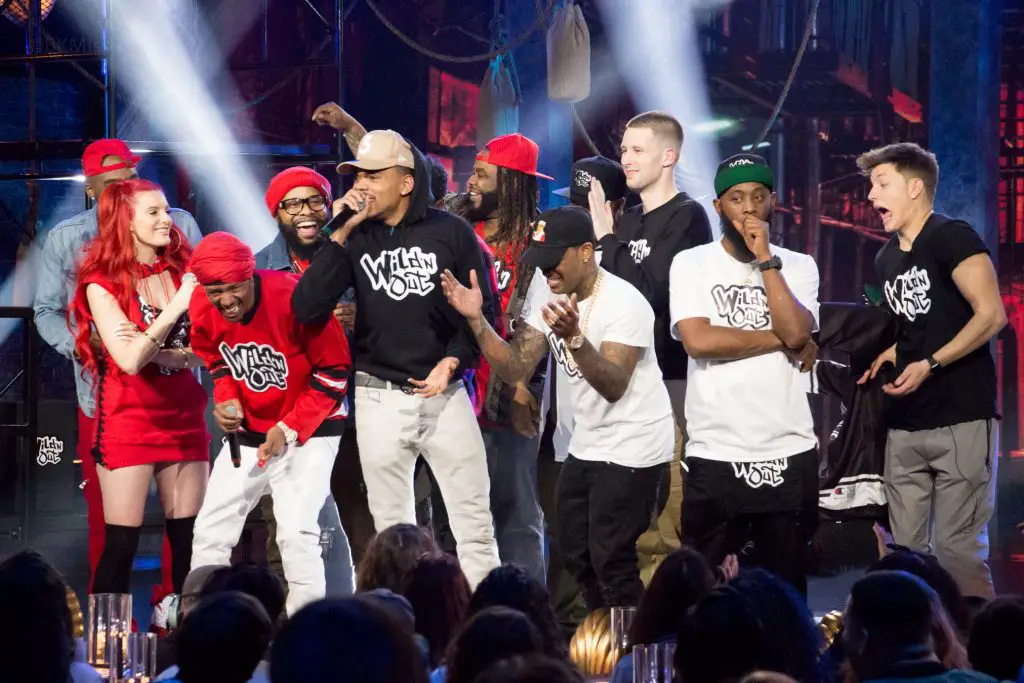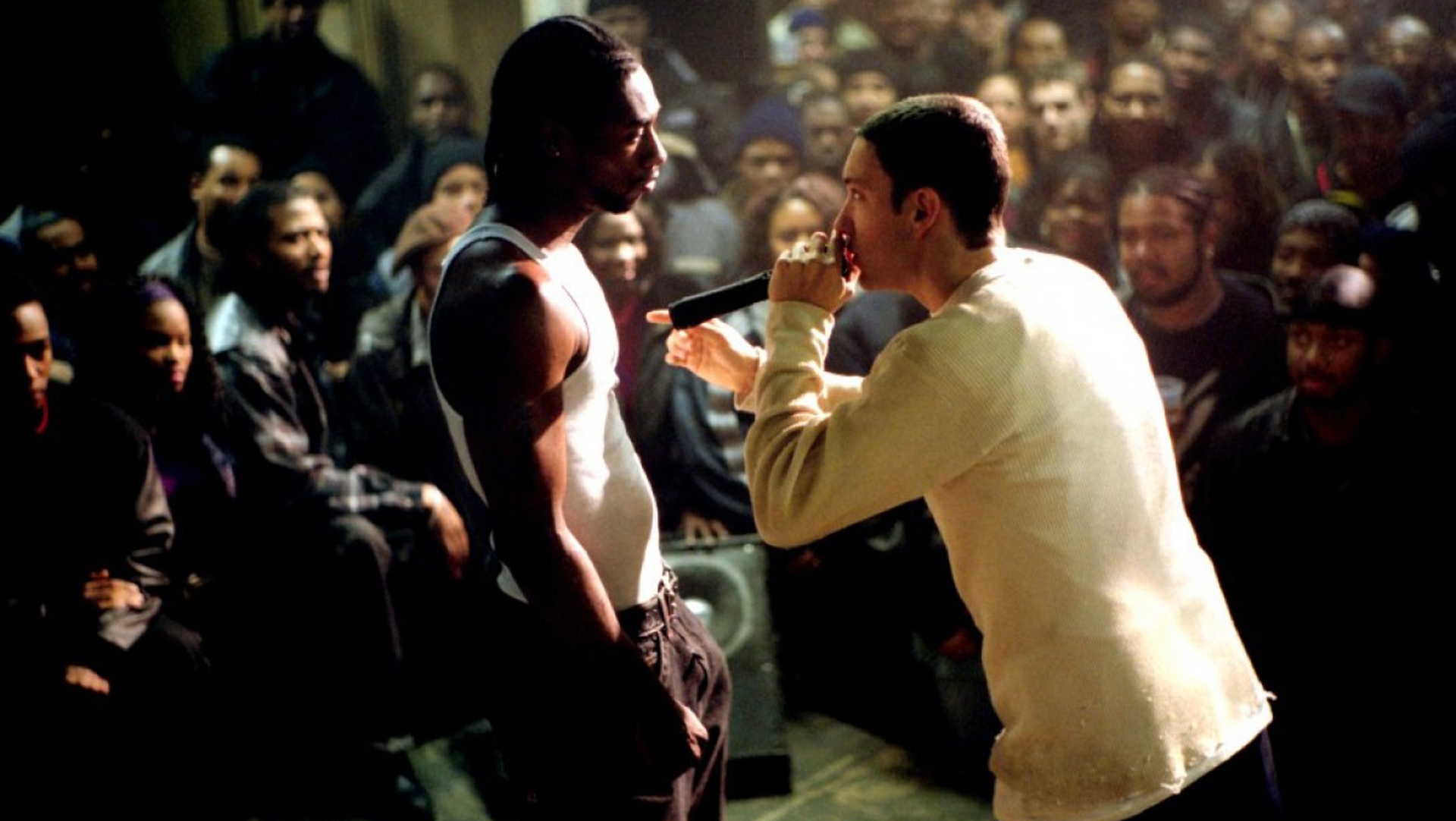For me, creative outlets are a necessary part of life. They are healing, motivating and comforting; without them I go crazy. And when it comes to these outlets, they’ve almost always taken the form of music in one way or another. In high school I played multiple musical instruments, particularly the violin, which I practiced an hour daily. I would find friends to jam with and temporary string quartets to form.
But then I came to college, where I didn’t have most of my instruments and where I didn’t want to play in an orchestra or official group. A black hole opened up in my chest where playing music used to be, a hole infinitely vacant and perpetually frustrating. Then I came across the art of freestyle rap.

Freestyle rap refers to rapping that is done entirely through improvisation. I was aware that freestyling existed, but it wasn’t until I met new people at college who did it regularly that I understood its true power. Freestyling is musical, it is competitive and it is an activity in which you can reach a state of “flow” while participating. It is liberating and so tremendously fun.
So, I’d like to pass on some fundamentals to anyone who might read this, some tools to use to cultivate a voice and style in freestyling. There is only one major rule when it comes to freestyling, a rule most people don’t understand from a distance: Anyone—and I mean anyone—can freestyle. It just takes a little practice.
1. The Basics
The first thing you need to understand about freestyle rap is the beat you are rapping over. Most hip-hop instrumentals are in 4/4 time, which means that, when listening, you can count each beat as one, two, three, four. Use YouTube to look up “Mobb Deep Shook Ones Pt. II Instrumental.” We have two major sounds here: the kick and the snare. You can feel it in your bones when you listen: kick – snare – kick – snare.
The first step to freestyling is to simply come up with words that rhyme and say them on the fourth beat (a.k.a. the second snare). Don’t say anything else other than the rhyme.
“Kick – snare – kick – money
kick – snare – kick – funny
kick – snare – kick – honey”
The rhymes don’t have to be strong. In fact, when emphasized correctly, all kinds of words that don’t technically rhyme will sound perfect.
“No one can rhyme like me
making stacks, you know I’m banking
I’m cool like the breeze.”
2. Flow
If the skeleton of freestyle rap is putting a rhyme on the end of each series of bars, then flow is everything else about the delivery. You need to get to that rhyme, and hopefully in a way that makes some kind of sense.
Now, before I get into this, I want to make it clear that, for most people, rhyming comes before coherence in freestyling. It is better to have a musical sound that rhymes and is fun to listen to than to have something that makes more sense but is really clunky. In that spirit, you should develop a set of tricks to help you. One is using generic setups for your bars.
“On the mic you know I’m ____________”
Possible words: lit, dope, fire, sick, awesome, etc.
You can also develop little fallback phrases to use in case of a brain freeze. You might say, “I don’t even know…” or “Not gonna stop cuz…” or “Young kid you know they call him…” Whatever your phrase is, it’s good to have something to say when you have nothing else to say. Some people prefer to just start saying profanity until they get back on track.
The point of this is to emphasize that what will help you sharpen your rapping, even in the heat of the moment, is to keep rapping. No matter what.
3. Content
Once you are able to stay on beat and rhyme consistently, take some time to look at what you are rapping about. This is certainly the most difficult aspect of freestyling to practice, but for the sake of simplicity, let’s break down content into two main categories: references and story-telling.
References: Any time you think of a word, try to connect it to something in pop culture or something in the room. It doesn’t have to be particularly clever; everyone will just be excited that you make sense. (Example: You say the word tax and decide to rhyme it with max. You could just say you are taking something to the max, or you could have everyone freaking out by saying you have drive like Mad Max.) The faster you come up with a rhyming word, the longer you have to think of a reference. At first, trying to make references might slow you down, but it will quickly prove worth it.
Storytelling: To practice this, just force yourself to rap on a singular topic. Pick an object in the room—maybe the speakers or the ceiling fan—and try to rap about it for as long as possible. The very act of staying on topic will strengthen your ability to connect your lines into something cohesive. Soon you might be telling a story about yourself or about a fictional character. Or maybe you will start dissing someone in the room and get a battle started. Either way, the ability to weave a consistent narrative thread will have people listening twice as closely from the get-go.
4. Practice Tips
All advanced techniques aside, the core of freestyle rap really is just practice. It doesn’t have to be by yourself, it doesn’t have to be for long and it doesn’t have to be very often, but just keep doing it. Find little exercises that help you improve your skills.
Here are a few that have helped me.
Write a “rhyme set” for yourself. Sit down and write as many words as you can think of that rhyme with “scary” or “velociraptor” (or any word you think of) within a time limit. Then, while looking at this paper, rap using only the words on the paper as your rhyme words. This will build your schema of rhyming words on your brain and decrease retrieval time.
Listen to other rappers and mimic their flows. Perhaps even practice “skat rapping,” where you spit rhythmic gibberish to a beat to find what you like or would want to do if able to come of with the words on time.
Rap over different beats. Not just different speeds, but different genres and flows.
Find other people to rap with. It is inspiring and fun.
Don’t stop practicing.
Freestyling started as a sort of party trick for me, but it has become one of my favorite modes of self-expression and improvisational music. Whether it’s for fun or it’s food for your soul, freestyle rap is worth your time. Trust me.

















